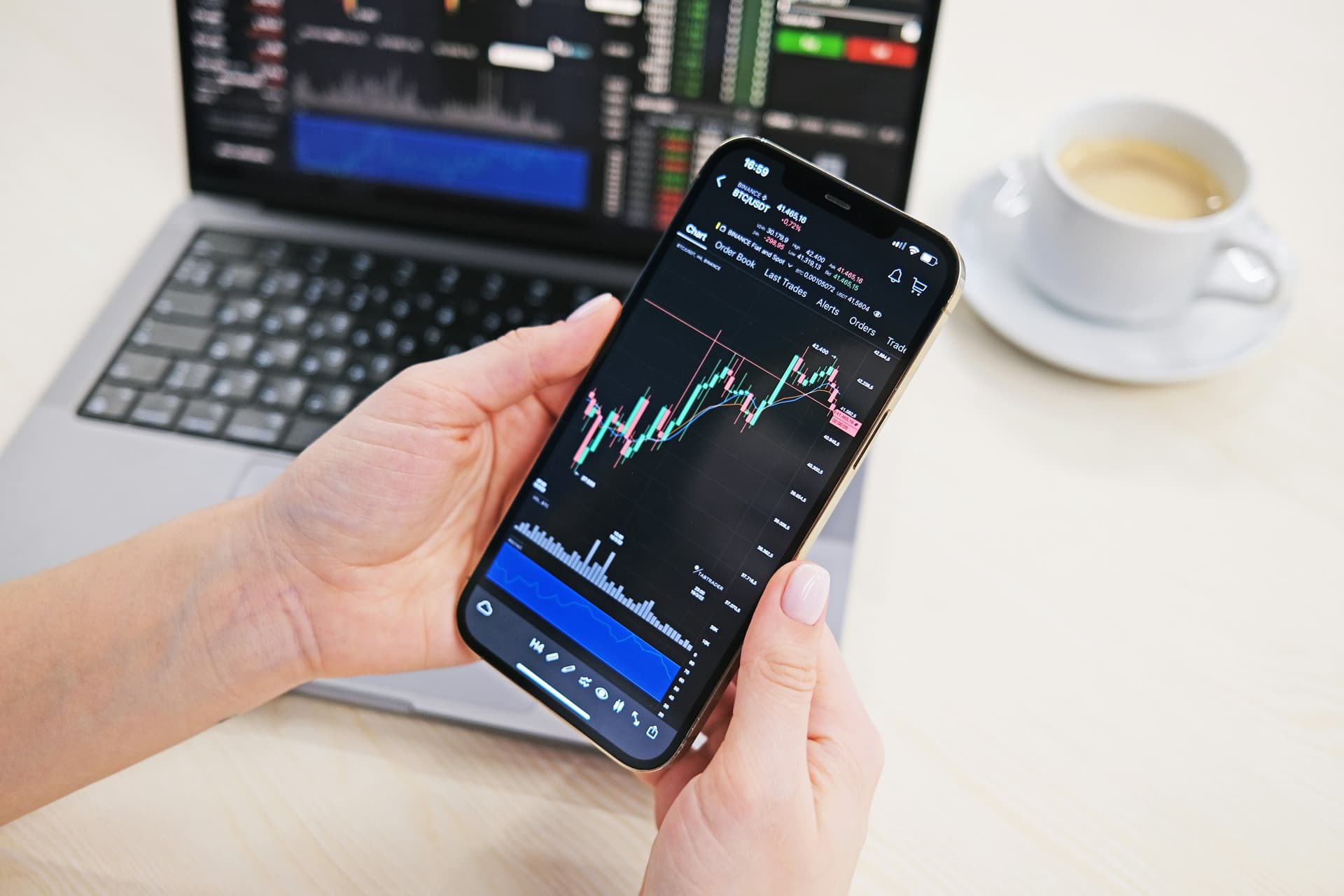Bitfinex USD vs. USDT Lending Explained: Understand Rates, Costs, and Switching Strategies

Bitfinex, a long-established cryptocurrency exchange, offers P2P lending services that allow users to lend idle funds to margin traders and earn interest in return. Lending rates fluctuate based on market supply and demand. Currently, ALTINVEST supports USD and USDT lending—the two most actively traded currencies on the platform. USD is known for its low volatility and high stability, while USDT is a stablecoin pegged to the U.S. dollar with strong liquidity. Both are popular choices among investors for crypto lending. This guide will explain how to choose between USD and USDT based on market conditions, and how to switch between the two currencies effectively.
Overview of Supported Lending Currencies on Bitfinex
Bitfinex supports lending in a wide range of currencies, including crypto assets and stablecoins, as well as fiat currencies like USD, EUR, GBP, JPY, CNY, and TRY. Among them, USD is a major global reserve currency known for its stability and low volatility, while USDT is a stablecoin pegged 1:1 to the dollar, offering high liquidity and market demand. Data shows that USD lending rates typically range between 3%–20% APR, while USDT rates are more volatile and can occasionally exceed 30% APR. Bitfinex reports also show that USD and USDT are the most active currencies in its lending market. For these reasons, USD and USDT are often the go-to options for beginners in crypto lending.
How to Choose a Lending Currency
- Rate Monitoring: Lending rates on Bitfinex fluctuate based on market demand and supply. Investors should check indicators such as the Flash Return Rate (FRR) on the lending book to determine which currency offers a higher yield. As USD and USDT rates often leapfrog each other, some users choose to lend both simultaneously. However, for most users, comparing current rates and lending in the one with the higher return is a practical approach.
- Fees and Conversion Costs: Switching between USD and USDT incurs trading costs. Bitfinex charges a trading fee of approximately 0.1%–0.2%, and when you add slippage and spreads, each conversion may cost around 0.25%–0.5%. Therefore, frequent switching is not cost-effective and should be reserved for cases with a noticeable rate gap.
- Funding Sources and Deposit Convenience: For fiat deposits, Bitfinex requires a minimum wire deposit of 10,000 USD for USD transfers, which may not suit small investors. In contrast, USDT can be easily deposited using blockchain networks like ERC-20 or TRC-20 with lower fees and greater flexibility. In other words, small-scale or beginner users typically find USDT easier to manage, while USD lending is more suitable for those with large capital seeking long-term stability.
When and How to Switch Between USD and USDT
When to Convert USDT to USD for Lending
When USD lending rates rise above USDT rates, consider converting your USDT to USD before lending. For example, if the FRR or market quotes show strong USD borrowing demand and rising rates, selling USDT for USD may yield better returns.
Steps:
- Move USDT to your Exchange Wallet.
- Find the USDt/USD trading pair and place a market or limit order. Once executed, you’ll receive USD.
- Transfer the USD to your Funding Wallet (wallet transfers within the same Bitfinex account are free).
- You can now lend USD on the funding page to earn interest.
When to Convert USD to USDT for Lending
Conversely, if USDT offers higher lending rates than USD, you may want to convert USD to USDT. The steps are similar: move USD to the Exchange Wallet, sell it for USDT, then transfer USDT back to the Funding Wallet to lend.
Steps:
- Transfer USD to your Exchange Wallet.
- Use the USD/USDT trading pair on the spot market to convert.
- After trading, transfer the target currency (USD or USDT) back to the Funding Wallet.
- Open a lending order in the corresponding currency. Be mindful of trading fees and your choice of market or limit orders.
Common Questions and Risk Reminders
- Conversion Considerations: Bitfinex’s trading fee is typically 0.1%–0.2%. Market orders execute quickly but may suffer from slippage, while limit orders may not fill immediately. If funding your account with USD via wire transfer, be aware of the 10,000 USD minimum and 0.1% fee (minimum 60 USD). In contrast, depositing USDT mainly involves blockchain network fees, making it more flexible for both speed and amount.
- Lending Liquidity: Once a lending order is matched, the funds cannot be withdrawn until the loan is repaid. Be sure to lend only idle funds you don’t need to access in the short term.
- Risks and Safeguards: Bitfinex minimizes risk for lenders by requiring borrowers to post collateral. If a borrower incurs losses, their margin account covers the repayment. However, in extreme market conditions, rapid price changes could challenge the liquidation system, exposing lenders to some credit risk. Always stay informed and diversify to mitigate risk.
Conclusion
USD and USDT lending rates on Bitfinex often alternate in dominance. Investors are advised to stay agile, choosing the higher-yielding currency based on market conditions or lending both when rates are close. Based on long-term data observed by ALTINVEST, USD lending generally offers slightly higher average annualized returns, making it a reliable option for those seeking stable income. USDT, on the other hand, often captures short-term high-yield opportunities, especially during periods of heightened market activity and large borrowing demand. Regularly monitoring Bitfinex's lending data and funding rates, along with prudent liquidity and risk management, will help you build steady passive income through market cycles.

